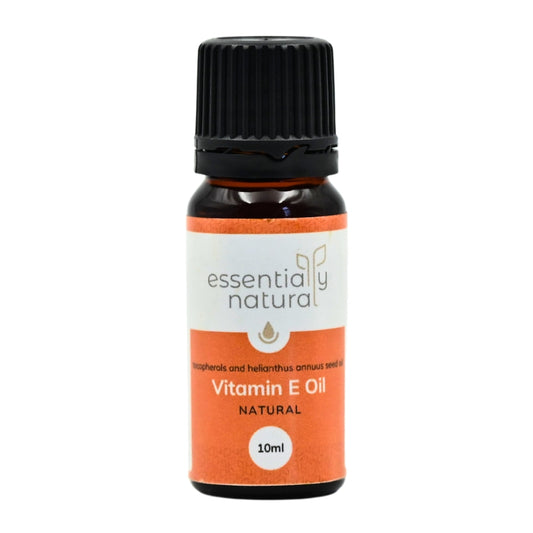
Body Butter For Stretch Marks
Juliette van der MeerWhen it comes to preventing and reducing the appearance of stretch marks, you need to look for oils and butters that help build elastin in the skin to increase its elasticity. You also need excellent moisturisers to keep your skin supple and moisturised. A well looked after skin won't be so prone to getting stretch marks, and any existing ones won't look so obvious.
There are a variety of amazing butters and oils which meet these criteria; let's run through some of them:
Excellent for stretch marks, and can help reduce their appearance and prevent new ones from occurring if used consistently over time. Raw, unrefined cocoa butter has a delicious, rich scent of chocolate but if you prefer to have no scent then go for the refined version.
- Other butters such as mango and avocado also provide wonderful nourishment and moisturisation to the skin.
- Baobab oil helps with skin elasticity, and is packed with Omegas 3, 6 & 9 and vitamins A, D, E, and F. It is also a dry oil, meaning it is fast absorbing and non-greasy.
- Vitamin E oil helps to regenerate skin cells. So along with actual Vitamin E oil, any carrier oils and butters that are rich in Vitamin E are also great for use in a stretch mark product.
- Tamanu is renowned for its healing benefits to skin, and promotes new tissue formation.
- Wheatgerm oil is packed full of vitamin E and is deeping nourishing for skin.
- Rosehip
Packed with vitamins and healthy acids, rosehip oil deeply moisturises the skin and reduces the signs of aging and pigmentation, brightens and evens out skin tone, and helps fade scars and stretchmarks.
Vividly orange in colour, seabuckthorn berry oil is a speciality oil rich in beta carotene and Omega 7. The oil is harvested from the sea buckthorn shrub of the Himalayas and contains many vitamins, minerals and beneficial compounds that help protect against aging and sun damage, and promote cell regeneration and elasticity. You only need a few small drops of this potent oil to get all the benefits. Max usage 5%- if you use too much of this oil it may stain.
- Squalane can help improve skin elasticity, suppleness and just generally condition the skin - all of which is excellent for stretchmark prevention!
Body butters, while technically simple to make, are actually fairly tricky to achieve the perfect consistency. You need to have the right balance between butters and oils so that the body butter doesn't melt in hot weather. And then you also don't want it to feel greasy, so finding that balance between dry oils and more slowly absorbed oils is important too.
For this formulation I've chosen three butters, mostly because all of them are fantastic and I couldn't choose just one. Cocoa butter is a must have both for its properties and because it builds a bit of hardness in the formula. I also included stearic acid which helps to harden the body butter a bit so that it doesn't melt in hot weather.
Note: it is currently summer here and we are experiencing hot weather. In very cold temperatures, this formulation may need to be adjusted to prevent it from going very hard.
Our choice of oils in this formula are great for repairing and regenerating the skin, improving elasticity and moisturising the skin. A little arrowroot powder rounds out the body butter so it has a completely non-greasy feel.


















5 comments
Hi Kauthar :)
The conversion of percentage to ml’s would be up to the total amount of Body Butter you’d like to make.
The easiest conversion I find is to make a 100 Gram total amount –
In this case all your percentages translate into the exact ml’s you would need.
eg
15% avocado butter – 15 G
20% mango butter – 20 G
21% cocoa butter – 21 G
15% baobab – 15 g
5% rosehip – 5 g
5% tamanu – 5 g
5% wheatgerm – 5 g
7% stearic acid – 7 G
3% sea buckthorn berry oil – 3 g
3% arrowroot powder – 3 G
1% Vit E oil – 1 g
Or you could work your own amount.
Take the total mass you’d like to create and multiply that by the percentage of the product you should add.
For example: If I wanted 50 Grams of Body Butter, what is the 15% avocado butter in Grams?
Total Mass : 50
Percentage: 0.15 (because it’s a percentage)
50 × 0.15 = 7.5 Grams added
I hope that makes sense.
If you do have more queries feel free to comment here or email us directly at support@essentiallynatural.co.za
Kind Regards,
Aiden
Hello! How would I convert the percentages to ml?
Or could you please explain how the percentages work?
How do i change it into percentage ? Generally how much stearic acid will go into shea and different carrier oils? Mine has melted only now and i have been using the same recipe for years through summer and for some reason it just melted :( please help
Hi Joss, you will need to first convert your formula into percentages not cups, then you can decide how much stearic acid to add. If you are following the recipe above, then yes, 7% stearic acid is perfect ;)
Hey there
So if i have 7 cups of shea will i still be adding 7% of stearic acid ?